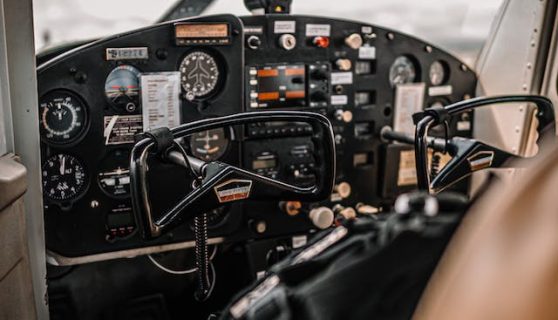In the ever-changing world of aviation, dependability and safety are crucial. Every part of an aircraft is essential to the efficient running of the aircraft. Utilizing authentic parts among these elements cannot be emphasized enough. This article examines the possible dangers of using non-genuine parts as well as the reasons the aviation sector places such a high priority on authenticity.
1. Ensuring Safety and Reliability
In aviation, safety is the primary priority, and it starts with the parts that comprise an aircraft. Official parts are made to exact specifications defined by aviation authorities during the design and manufacturing process. These parts undergo rigorous testing and tight quality control procedures to guarantee optimal performance under harsh flight circumstances.
Another important component is reliability. An aircraft’s intricate and interdependent systems are considered during the precise engineering of genuine parts. By lowering the possibility of mechanical breakdowns, genuine parts improve the aircraft’s overall dependability and increase passenger and crew safety.
2. Compliance with Regulatory Standards
Aviation authorities worldwide have created strict standards and procedures, resulting in a heavily regulated industry. Since authentic parts are made to specifically fit the specifications established by regulatory agencies, using genuine parts guarantees adherence to these standards.
Serious repercussions can result from breaking these rules, which are frequently observed with fake components. Buy authentic and high-quality aircraft parts from top-rated online sources. To keep an aircraft airworthy, airlines and maintenance companies have to abide by regulatory requirements. In order to comply with these requirements and avoid any legal or operational issues, genuine parts are essential.
3. Optimizing Performance and Efficiency
Aircraft are complex machines, with each component contributing to the overall performance. Genuine parts are designed to maximize efficiency and performance by integrating flawlessly with the aircraft’s systems. Using genuine parts guarantees that every part works as intended, which improves the overall operational excellence of the aircraft.
Conversely, non-genuine parts could not match the aircraft’s specs exactly. A cascade of possible problems could arise from this misalignment, including reduced efficiency and greater wear and tear on other components. Airlines and operators prioritize using original parts to preserve optimal performance.
4. Mitigating Risks of Counterfeit Parts
The aviation sector is always threatened by fake parts, which is a major issue that emphasizes how important it is to use original parts. Because they might not go through the same stringent testing and quality control procedures as genuine components, counterfeit parts carry a high risk. The integrity of an aircraft can be jeopardized by the use of fake parts, with disastrous results.
The industry reduces the dangers related to counterfeiting by selecting authentic parts. Genuine parts have documentation and traceability, which show the part’s manufacture and testing process in clear chronological order. This traceability lowers the possibility that airlines and maintenance providers can use fake components in their aircraft by enabling them to confirm the authenticity of each component.
5. Preserving Warranty and Resale Value
Manufacturers of aircraft frequently offer guarantees for their goods, which cover particular parts for a predetermined amount of time. These warranties can be voided by using non-genuine parts, in which case airlines and operators would be liable for the entire cost of repairs or replacements. On the other hand, genuine parts guarantee that the warranty is upheld and provide financial security to the organizations that operate the aircraft.
Furthermore, the provenance of original parts adds value when an aircraft is resold. Because it gives prospective buyers confidence in the aircraft’s dependability and adherence to industry standards, they are more likely to invest in an aircraft with a documented history of employing legitimate components.
6. Minimizing Downtime and Maintenance Costs
Airlines are very concerned about aircraft downtime since it affects their operating schedules and bottom line. Using original parts lowers the frequency of unscheduled maintenance events, which helps to minimize downtime. Genuine parts are made to last a long time and be dependable, which reduces the need for frequent repairs and replacements.
Genuine parts can initially cost more, but long-term savings are associated with fewer maintenance expenses. Using non-genuine parts could result in more frequent repairs and breakdowns, raising overall operating costs.
Conclusion
The value of utilizing original parts cannot be emphasized in the aviation business. Using genuine components is essential to operational excellence as it guarantees safety, complies with regulations, improves performance, and reduces the possibility of counterfeit parts. To ensure the efficiency, safety, and dependability of their fleets, airlines, maintenance companies, and operators must prioritize the authenticity of parts. By doing this, they support the lifespan and general integrity of the aviation ecosystem in addition to upholding industry best practices.

